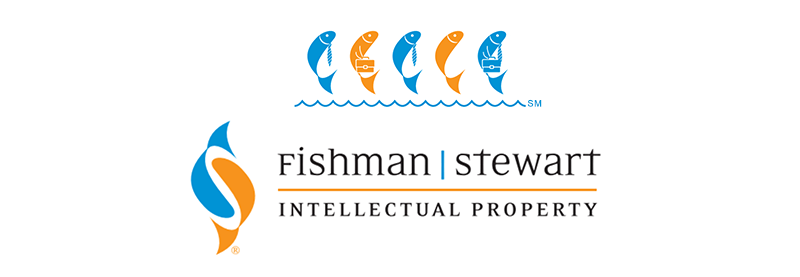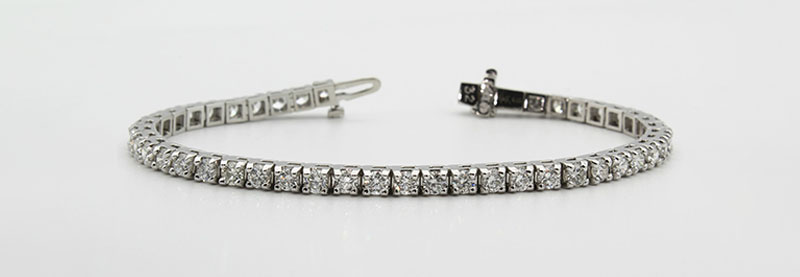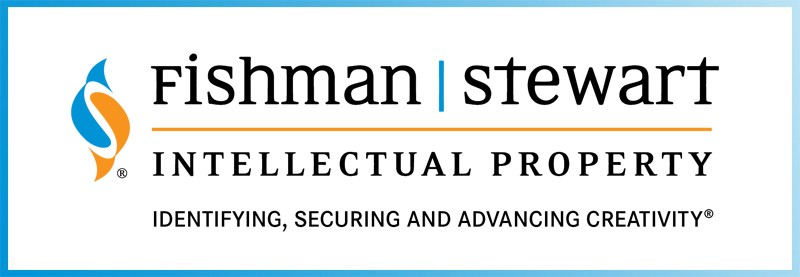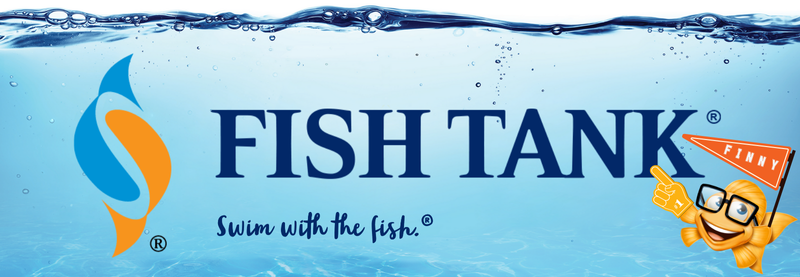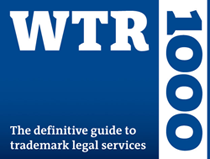Intellectual Property Insights from Fishman Stewart
Mini Article – Volume 24, Issue 3
Share on Social

If You Like It Then You Shoulda Put a © on It.
By Kristyn Webb
Valentine’s Day is just around the corner and jewelry sales are usually around $6 billion USD in the United States alone. In 2021, the US Customs and Border Protection agency seized over $1 billion USD worth of counterfeit pieces of jewelry. One jewelry artist, David Yurman, who makes braided cable jewelry, has been battling imitators for many years. A few years ago, he won a $1.5 million judgment against several online stores selling counterfeit goods.
One of the strategies behind his success at shutting down counterfeiters is that he has obtained copyright registrations for several of his designs, in addition to trademark and trade dress protection. Trademark and trade dress infringement hinges on the potential for consumer confusion, and where a bold infringer clearly indicates that its product is a knockoff or “designer inspired,” the potential for consumers to believe they are purchasing legitimate products may be difficult to prove. A claim for copyright infringement, on the other hand, does not require evidence of potential consumer confusion, but rather looks at the similarity between the copyrighted design and the accused design.
Yurman’s website also has a place where consumers can report counterfeits. In addition to potentially damaging a brand, counterfeits can be harmful to consumers. Knockoff jewelry can turn your skin green, and it also can contain metals and other substances that are absorbed into the body and can lead to long-term health issues. While intellectual property theft is often thought of as a “victimless crime” the sale of counterfeit goods has been linked to funding criminal activities like human trafficking, terrorism, and money laundering.
So, if you are looking for the perfect gift this year that expresses your feelings for your loved one, buy legitimate and authentic items. Real love is not very well expressed with fake goods.
Kristyn Webb is the Group Leader of Fishman Stewart’s Copyright Practice Group, and holds a Master’s Degree in Copyright Law from King’s College London.

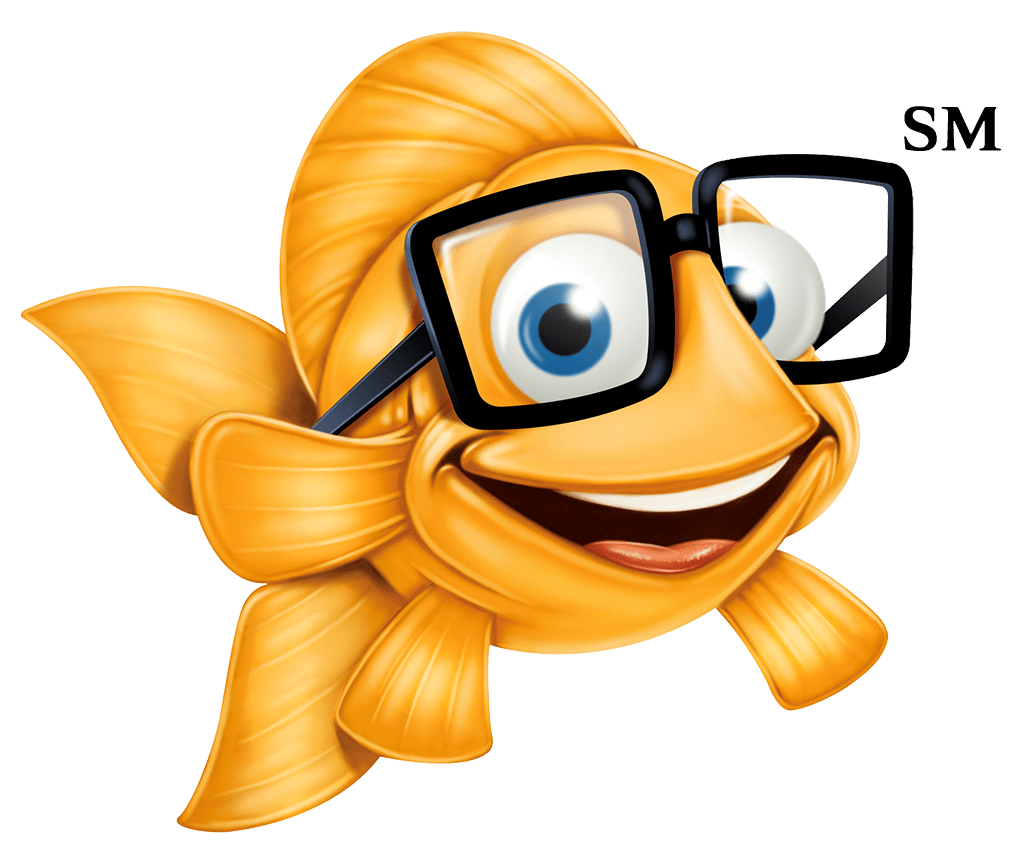

Published February 9, 2024
Related Content from Fishman Stewart
People have long pondered whether or not the Giza pyramids were indeed solely burial chambers, which was the only known, and archaeologically determined, use—until now.
By 1930, efforts began in New York to replace Mother's Day with Parent's Day because men were more than just breadwinners. Those efforts didn't catch on, probably because in that era, women often spent more time in the home.
In February, Nike and Skims announced that they will be working together on a new brand, NikeSkims. The co-brand will create a new line of training apparel, footwear, and accessories specifically designed to meet the unique needs of women athletes.
Generally, federal courts have exclusive jurisdiction over copyright cases, and often, this presents an insurmountable paywall for individual artists and small businesses to vindicate their rights, especially where the value of the individual copyrighted works are relatively low.
Dedicated to raising public awareness about the importance of encouraging innovation and creativity throughout the world, the World Intellectual Property Organization (WIPO) annually observes World Intellectual Property Day on April 26 to showcase the role that patents, trademarks, industrial designs, copyrights and trade secrets play in our everyday lives.
Hold onto your foam fingers, sports fans – college sports just got a whole lot more interesting! The latest updates to Name, Image, and Likeness (NIL) rules are making student-athletes bigger than ever, and it’s not just about the game anymore.
Did a federal court in Louisiana recently decide that US copyrights are global rights? It seems so.
One of his most famous songs, “Lose Yourself” was recently at the center of a lawsuit. In 2019, Eminem’s publishing company Eight Mile Style sued Spotify claiming that Spotify streamed a number of its musical compositions without proper licenses.
One of the most common challenges is whether AI should be free to train on data that is protected by copyright and owned by third parties without first obtaining permission.
The U.S. Copyright Office (USCO) recently published its latest report on AI and “copyrightability.” In short, the USCO considers only some AI-generated works to be sufficiently creative as to deserve copyright protection, and thus, registration.
IDENTIFYING, SECURING AND ADVANCING CREATIVITY®
